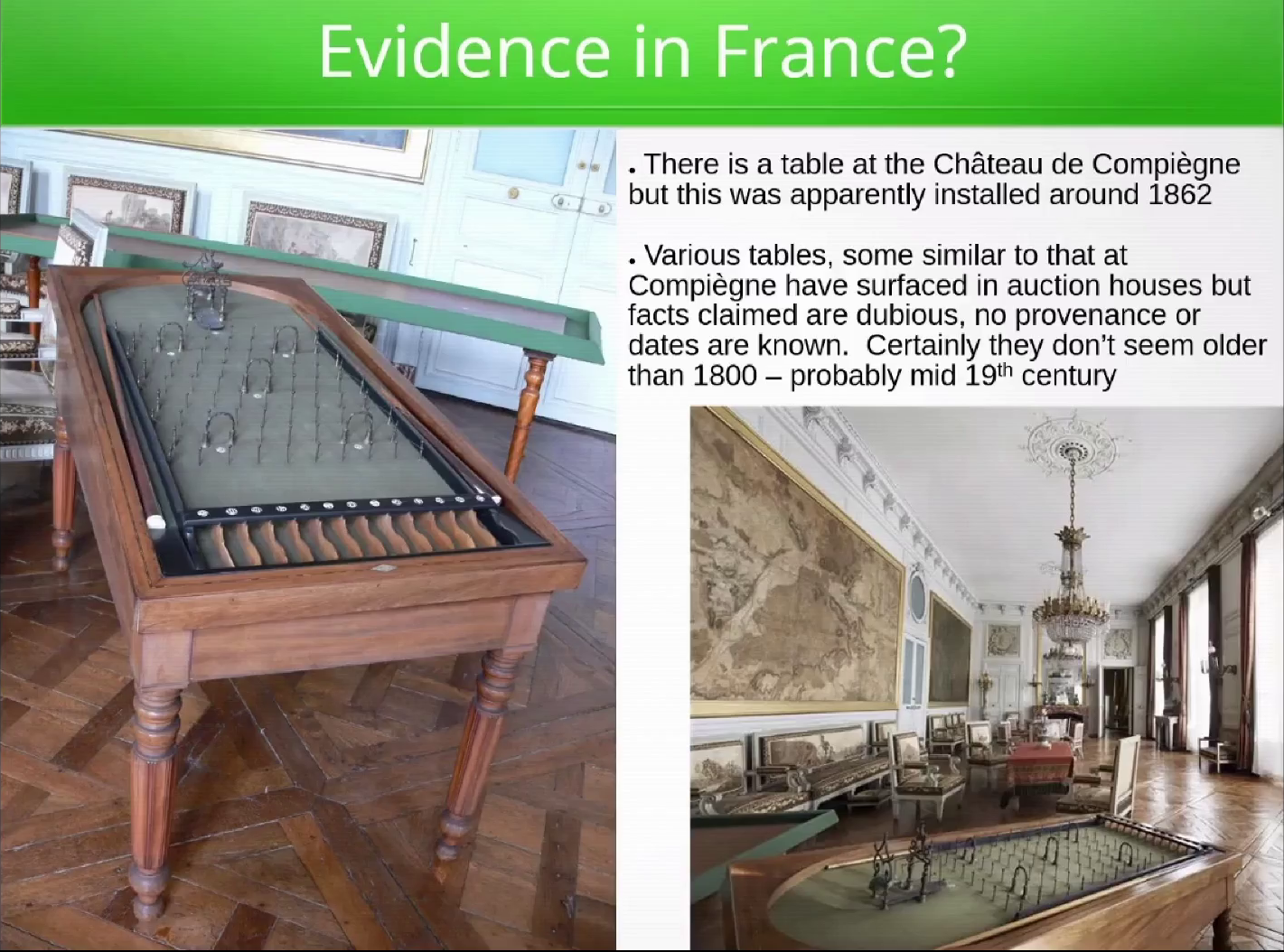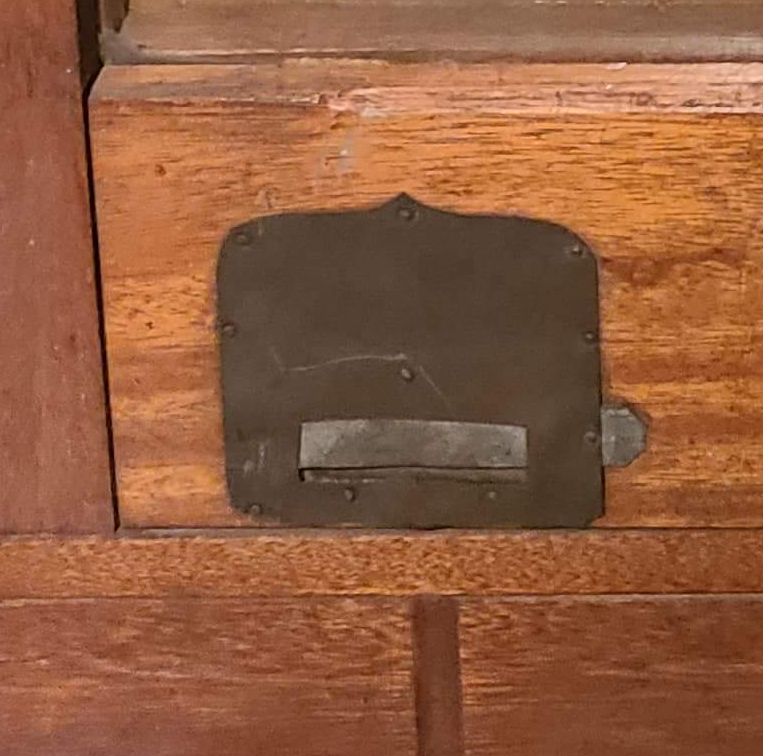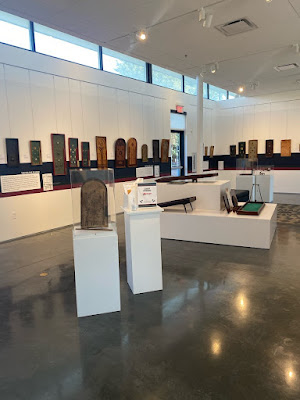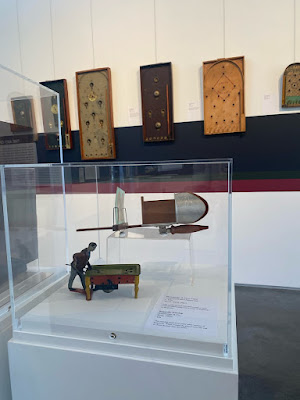I am delighted to share with you this lecture by James Masters, as given for the Field House Museum (St. Louis, MO, USA) on the history of bagatelle.
The lecture can be viewed and downloaded on archive.org!
also on youtube:
The lecture was given over Zoom, which ended up being quite ideal since it was attended by people from Canada, USA, UK, Spain, and other countries, as well as a handful of people in person at the museum exhibition itself.
James and I have been writing back and forth for a while know, and he raises a number of key details about the history of bagatelle that have vexed us both:
1) we have no proof about there being any sort of pinball precursor at the legendary Chateau de Bagatelle. There are many references to the Chateau, but none describe a billiards table of any sort, and only a single source makes claim of a "gaming table". Comte d'Artois was a known gambling addict, but a gaming table can be any table a game is played, and most often cards. Until we can verify any specific references, it might be best to let this legend fade into history.
"The remarkable coincidence of the appearance of the new betting game of bagatelle at precisely the time that a leading member of the inner court circle and prince of France known as a sportsman and gambler who also"... kept a gaming table in his own house" in a game room of a building called Bagatelle beggars a connection between the man, the party and the game.""
The quote included by Bueschel there is from a 1903 article in The Nation. I'll include that here!
 |
| 1903 The Nation: Chateaux Bagatelle |
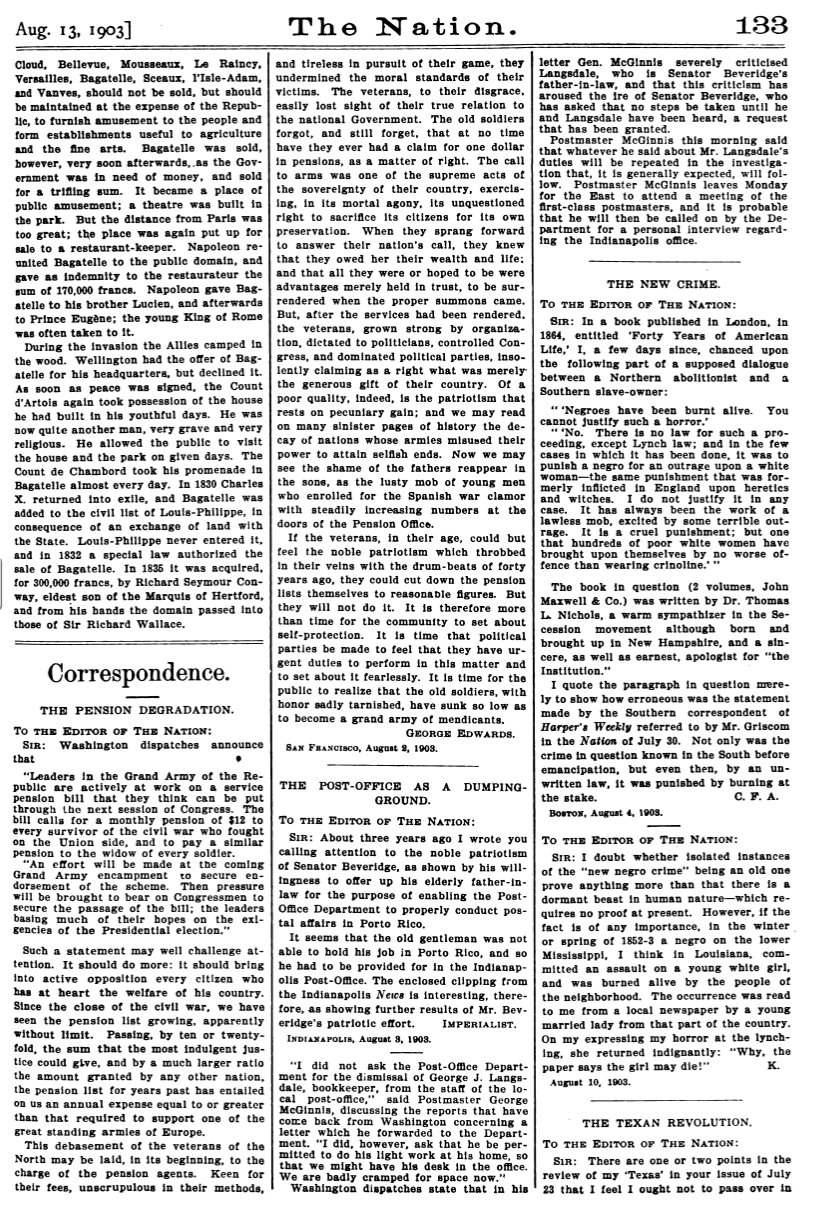 |
| 1903 The Nation: Chateaux Bagatelle |
2) I appreciate the disentangling of Fossette from the pinball pre-history...
3) Fancy pin tables in France? Absolutely. Just not as early as we might have thought. Or at least, many of the examples that get passed around as "18th century pinball" are known to be 19th century, especially 2nd-half 19th century.
4) There is a table of mystery in the Deutsche Museum that they claim is from 1770-1790, based purely on the materials and build type. But there is no provenance.


